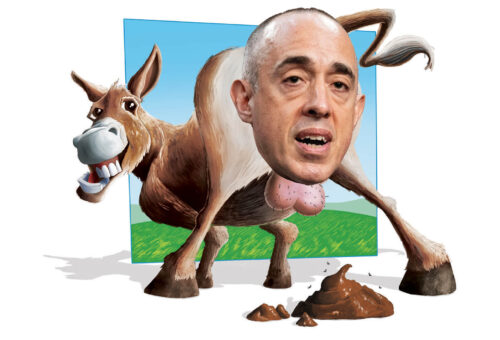Derailing Amtrak
Eight people were killed and more than 200 injured when an Amtrak train bound for New York City derailed in Philadelphia on May 12. According to federal officials, the train had been barreling around a sharp curve at 106 mph—more than double the allowable maximum speed—just moments before the locomotive and all the cars careened off the tracks.
The accident, Amtrak’s deadliest since 2008, might have been averted by a government-mandated safety system called positive train control (PTC), which can automatically slow down a speeding train. In fact, PTC was operational at Frankford Junction—where the derailment occurred—but only for southbound trains!
The chief problem is a woeful lack of funds. Stretching from Boston to Washington, D.C., the Northeast Corridor is the busiest rail route in the United States. But Amtrak, with more riders than ever, faces a stockpile of overdue repairs on bridges and tunnels—some dating back to the early 20th century—as well as obsolete rail interlockings and equipment that relies on 1930s-era components.
Although repairs for the Northeast Corridor are expected to require $4.3 billion in fiscal years 2015-2019, federal funding is expected to dwindle to $872 million. But neither these exigencies nor the tragedy in Philadelphia deterred the Republican-led House Appropriations Committee from voting—the very next day no less—to reduce grants to Amtrak by $252 million, down about 18% from last year’s level.
























